The new government has outlined its ambitions for the UK’s clean energy vision - to quadruple offshore wind to 55 GW, triple solar power to 50 GW and double onshore wind capacity to 35 GW by 2030.
To reach these goals, it has announced multiple measures designed to accelerate the development and deployment of new energy infrastructure.
Just recently, it tasked the National Energy Systems Operator (NESO) with developing a strategic spatial energy plan to provide a blueprint for the UK’s energy infrastructure out to 2050. This is designed to cut grid connection times and provide clear signals as to when and where to build new energy projects.
We believe that independent energy generators will play a crucial role in this overall plan for the UK’s future energy infrastructure.
However, while there is a growing sentiment that policy is starting to align with ambition, according to our latest report - Clean power 2030: Harnessing the power of the UK's independent energy generators - independent generators across the UK believe that more can be done.
Our report, conducted in partnership with Farmers Weekly, The Energyst and Energy Live News, gauged the views of more than 350 independent generators across the country to get their opinions on recent policy decisions, what new policies they would like to see, and importantly, the role they believe they can play in the UK’s clean energy future.
It revealed that, while a third (33%) of independent generators believe government policies will support development of more independent renewable assets, almost one in four (23%) don’t feel they go far enough yet. Nearly half (45%) are undecided.
Key barriers included planning restrictions, difficulties securing investment, long timescales to develop projects and addressing community concerns.
This is where they would like the government to focus its forthcoming policy decisions. Nearly two thirds (63%) are calling for a reduction in the ‘red tape’ around renewables, more than half (56%) want more finance packages, grants and incentives for investment in energy generation assets and almost a third (31%) would like to see the development of the Power Purchase Agreement (PPA) market.
If the government wants to hit its targets, we believe there are three reasons why the views of independent generators need to be taken into account.
1. Businesses want to buy energy from independent sources
Independent generators already provide clean and reliable power to a huge number of businesses and households across the UK. The government itself has recognised this, with the recently relaunched Solar Taskforce looking specifically at how the power generated on commercial premises can contribute to the overall solar goal.
Our research backs this up. Of the generators we surveyed, two-thirds (67%), say they have seen an increase in business demand to buy power from independent sources over the past two years, with 30% saying this was a significant increase.
In fact, one in five (21%) are already exporting their power to commercial customers.
The benefits for businesses buying their energy in this way are numerous, including stable pricing, having a guaranteed clean energy supply and greater overall energy security.
2. They will help the UK achieve its net zero and energy security ambitions
A huge 80% of those surveyed believe that independent energy generators will play a vital role in the low-carbon transition, by helping the UK achieve both its energy security and net zero ambitions.
With an increasing number of businesses procuring their power from clean energy sources, independent generators can both meet this demand, and contribute to the UK’s overall low-carbon strategy.
3. They provide a reliable and long-term source of clean power
Of those independent generators who are already exporting their power to businesses, the majority (58%) doing so through a fixed Power Purchase Agreement (PPA). One in five (20%) said they currently use a flexible PPA.
PPAs are seen as the best route to market for their power and a great way to secure additional revenue. Importantly, independent generators recognise that PPAs also give long-term investor confidence to develop a project. For businesses wanting a safe, secure and reliable power source, independent generation assets are able to meet demand while the main grid plays catch up.
Supporting independent energy generators now and in the future
So, the message is clear. While the moves taken so far by the new government to accelerate the deployment of renewable energy are promising, as we move ever closer to the 2030 clean power target - and the longer-term 2050 net zero target - the government needs to continue to ensure that its policy matches its ambition.
And, we believe that the only way to do this is by taking the views of independent energy generators into account. Download the report - Clean power 2030: Harnessing the power of the UK's independent energy generators - here.
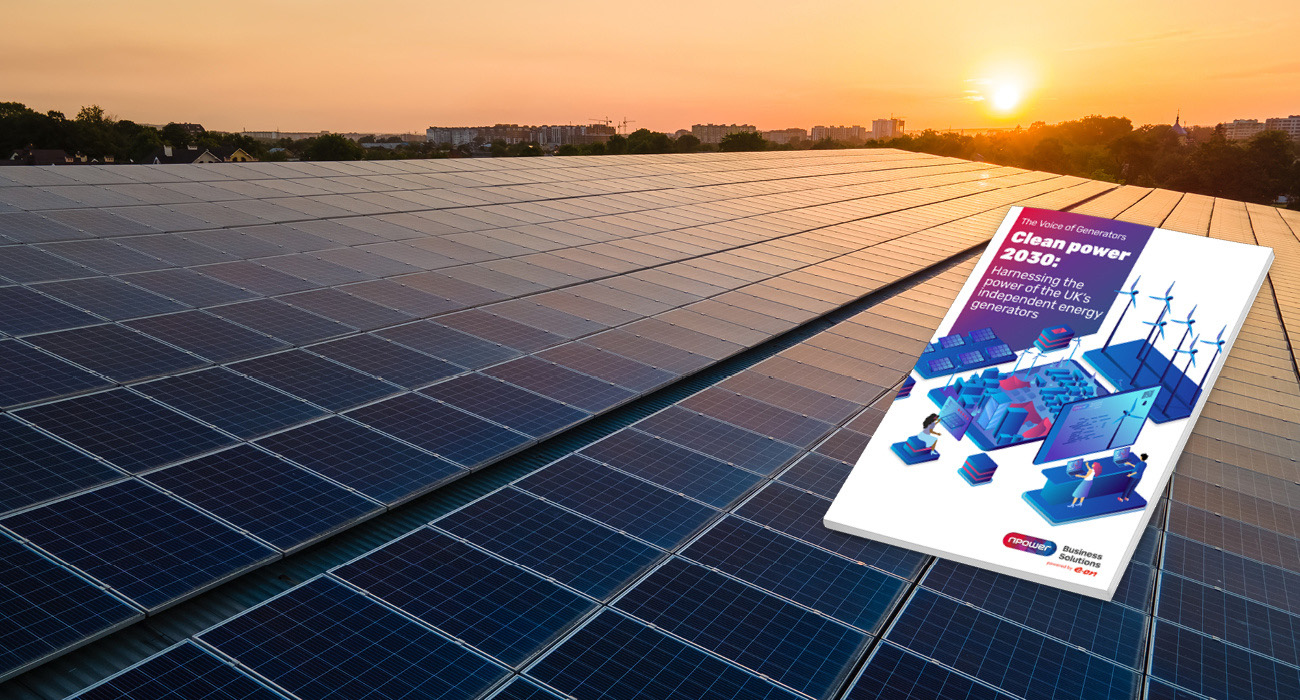

/npm214%20Digital_H_UB121.jpg)
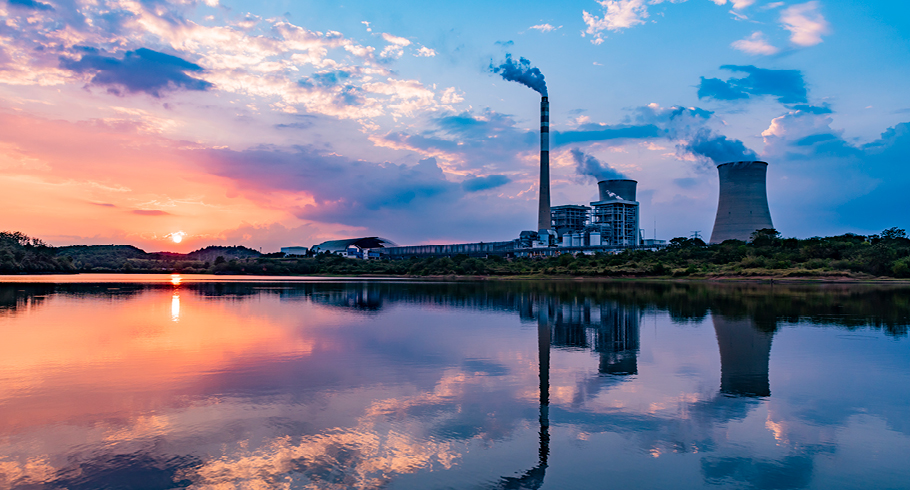
/npm214%20Digital_H_UB95.jpg)

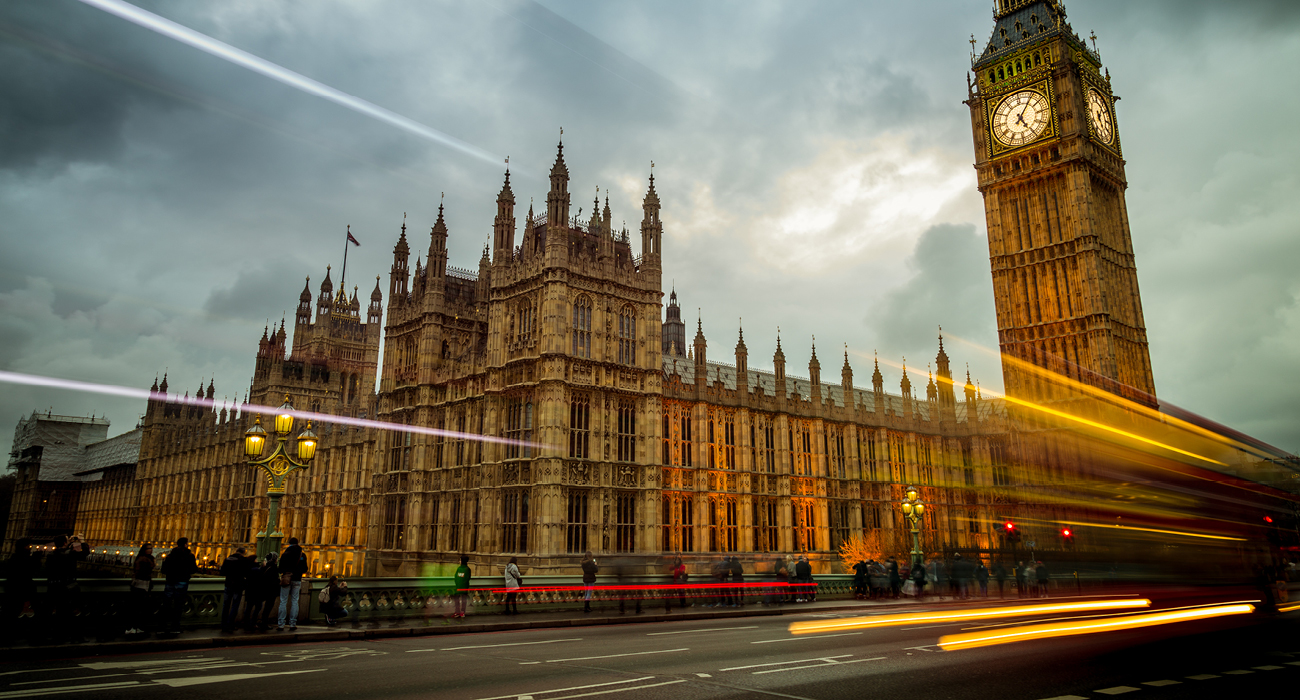
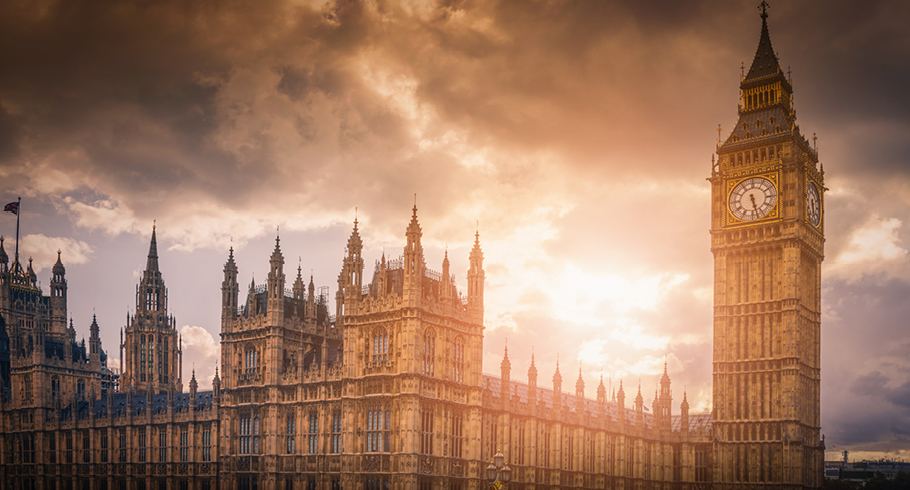
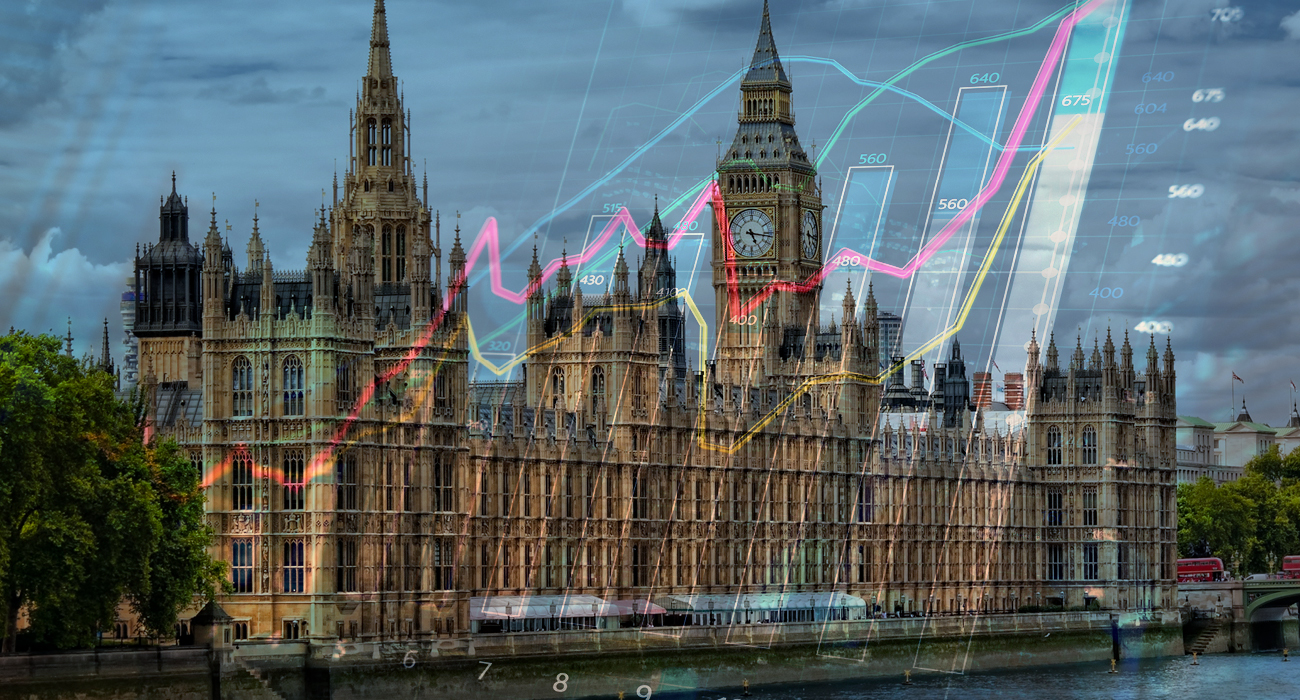
/npm214%20Digital_H_UB139.jpg)
/Author%20Profile%20Ainsworth_Anthony_G.png)
